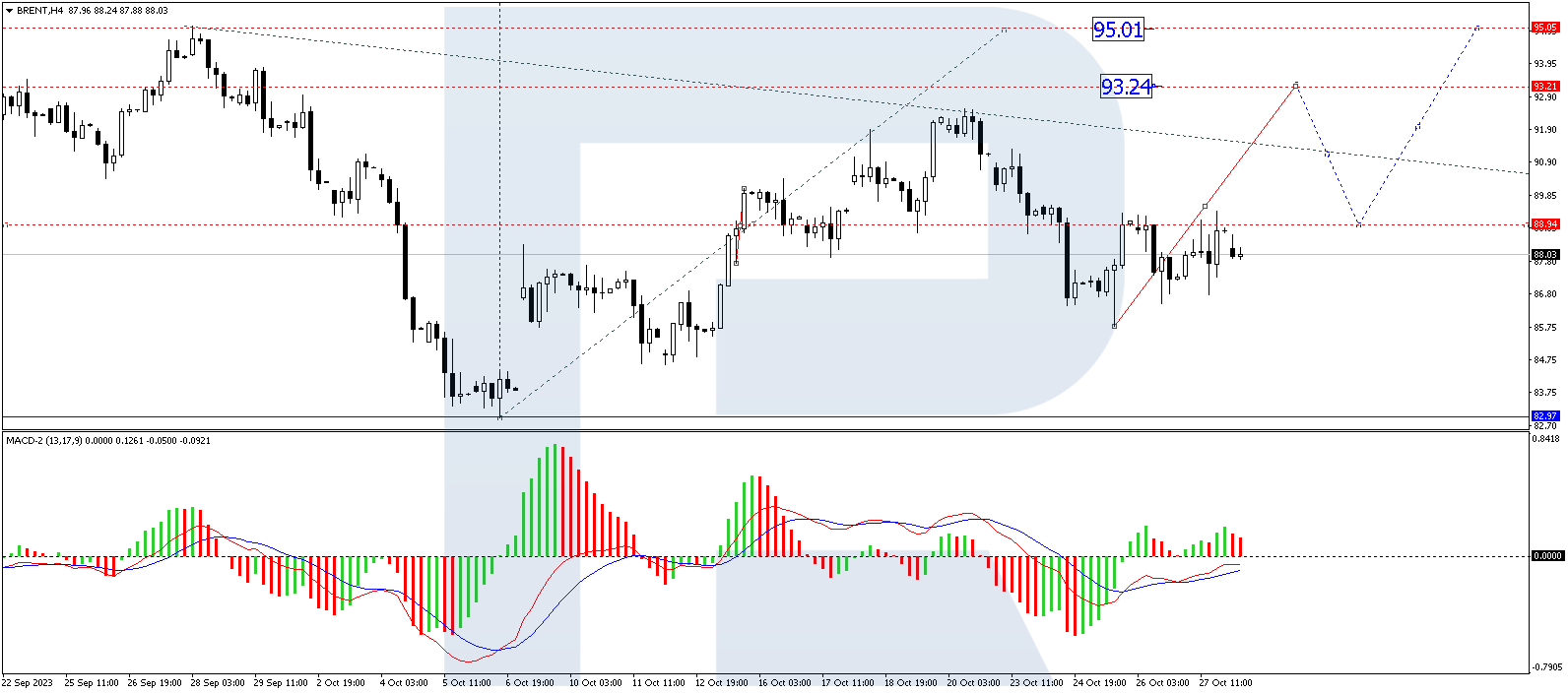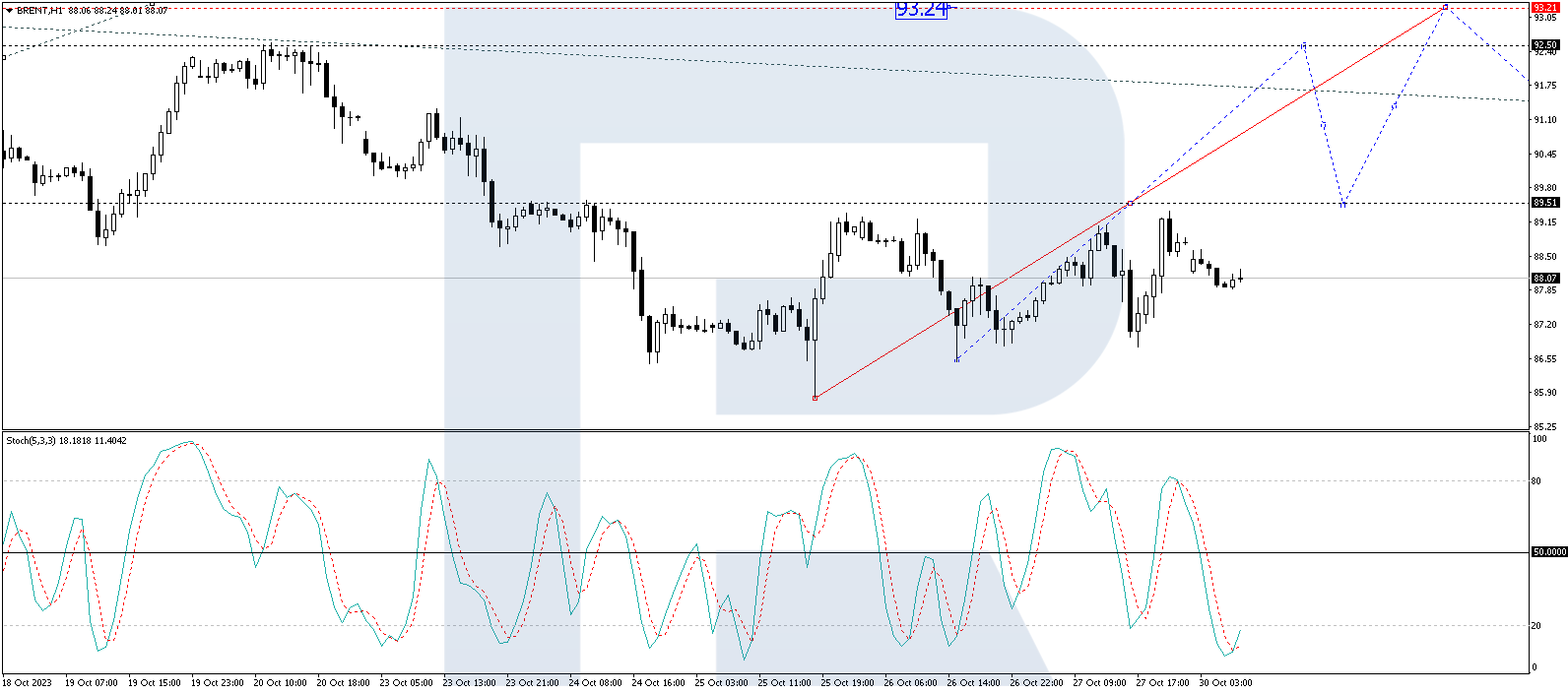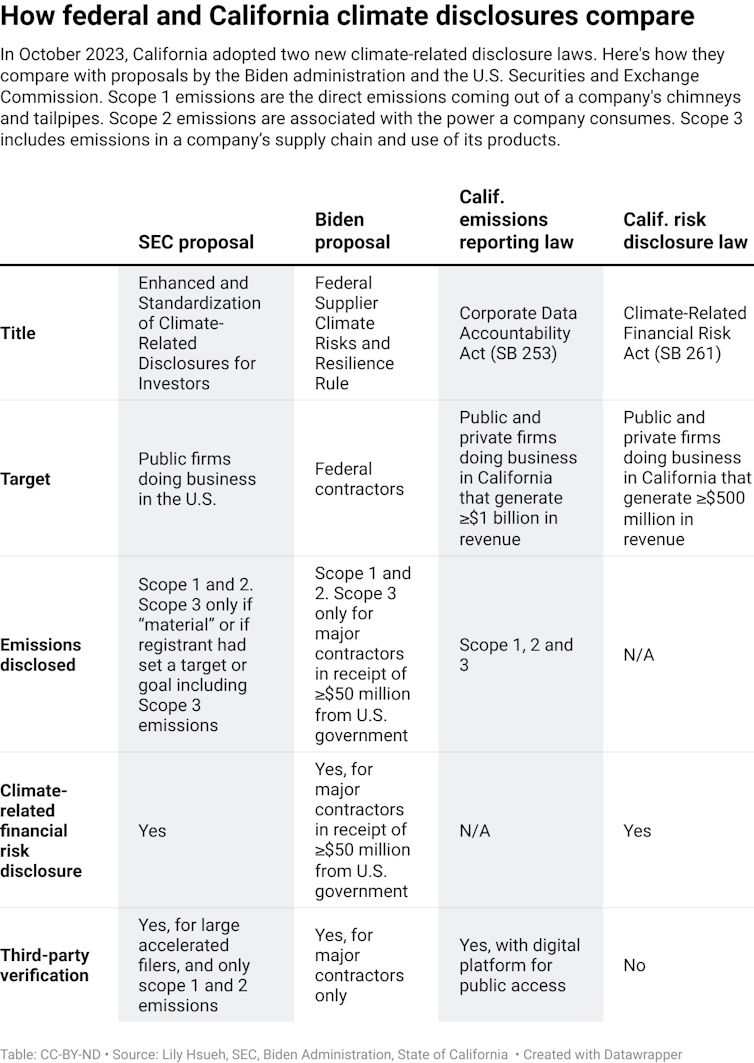Source: Streetwise Reports (10/24/23)
When we last reported on Three Sixty Solar Ltd., the upstart Canadian solar firm had just signed a letter of intent for its second tower installation. The company has now announced a third sale, its first in the US market.
Three Sixty Solar (VSOL:NEO;VSOLF:OTC) is a Canadian company specializing in vertically-oriented solar equipment supply. The company’s premier product line is the (patent-pending) SVS series commercial solar tower concept.
This high-density, clean energy solution is built on its own free-standing tower, meaning it can be built adjacent to structures requiring power, thereby minimizing line loss and maximizing energy delivery in cluttered environments where traditional renewable solutions are difficult to install.
In deploying Three Sixty Solar solutions as multi-tower installations, developers can capitalize on the spaces between towers to better leverage land assets for other revenue-generating activities. Each tower offers a reliable, clean energy solution with minimal environmental and habitat impact, maximizing power capture while at the same time minimizing utility structure footprint.
The company’s subsidiaries include Three Sixty Solar Operations Ltd, Victory Exploration Inc., and Liberty One Utah Inc.
The Catalyst: Third Tower Sale, First in the US
On October 19, Three Sixty Solar Ltd. announced that it had signed a non-binding letter of intent (LOI) with Rocky Mountain Log and Timber (“RMLT”). RMLT authorized the purchase of an SVS series solar tower for installation at its facility in Hamilton, MT. RMLT is a builder of premium log homes and produces its own lumber.
RMLT expects the electricity generated by the tower to offset power requirements in its milling operations. As per the LOI, the parties are undertaking an energy optimization study, intending to reach a binding purchase order by November 30, 2023.
In addition to acting as a secondary power source to drive operations, the new tower will include technology from Hook’d Broadband to provide site-wide broadband connectivity.
A recent Stratistics MRC report points out that the global solar farm sector accounted for US$76 billion in 2020 and is forecasted to reach US$296 billion by 2028, growing at a compound annual growth rate (CAGR) of 18.5%.
Brian Roth, Three Sixty Solar’s CEO, says he is “thrilled to have signed the letter of intent to secure our first commercial sale in the United States with Rocky Mountain. Rocky Mountain is focused on providing premium homes, often in remote locations.
I believe that our solar tower technology is an ideal solution to partner with many of the communities that they help build, and I’m excited for the opportunity to demonstrate the technology at their headquarters.”
Jake Hayes, owner of Rocky Mountain Log and Timber, explains that his company was “looking for ways to add renewable energy to power our operations and to offer to our customers.”
“I believe that the solar tower technology that Three Sixty has developed is a perfect fit for us to generate localized independent power,” he says. “I’m also excited to include the Hook’d Broadband technology and be able to provide a connectivity solution to our clients on future projects. We are looking forward to working with Three Sixty and becoming an advocate for the solar tower solution.”
For his part, Three Sixty Solar CEO Roth says, “I look forward to working with Jake and his team to deploy the tower in Hamilton and to then offer it cooperatively to their customers throughout the northwest.”
Why This Sector? Taking the Green Energy Revolution Skyward
Three Sixty Solar’s Tower-based solutions offer a relatively new twist on legacy solar technology, one that makes solar power a more appealing solution in far more potential use cases.
For example, when Three Sixty Solar signed its first LOI with Cattail Crossing Golf and Winter Club in Sturgeon County, Alberta, club owner Mark Beck said the club had been looking for ways to add renewable energy to the operation but couldn’t find solar cells arrayed in a suitable configuration.
“The solar towers offered by Three Sixty are such a unique approach that we can easily make it fit and generate power for our irrigation systems, cart charging, and more,” Beck said. “We are looking forward to working with Three Sixty and becoming an advocate for the solar tower solution to our friends in the golf community.”
“We, therefore, stay long, and Three Sixty is rated an Immediate Strong Buy as soon after the open as possible,” Technical Analyst Clive Maund said.
“[Cattail Crossing has] substantial power needs and don’t want to give up their land because, obviously, that takes up space they need for the course,” explained Three Sixty Solar’s CEO Roth at the time, adding that countries have been “throwing record amounts of money at these types of technologies and trying to green our electricity grid. There’s just a huge opportunity to clean up our electricity production while . . . being very cost competitive with the older technologies.”
Indeed, a recent Stratistics MRC report points out that the global solar farm sector accounted for US$76 billion in 2020 and is forecasted to reach US$296 billion by 2028, growing at a compound annual growth rate (CAGR) of 18.5%.
Canada is targeting net zero emissions by 2050 and has launched a CA$964 million program, while the United States Inflation Reduction Act commits US$370 billion to fund green energy. The European Union has an energy target of at least 32% from solar by 2030, while the European Green New Deal envisions a climate-neutral continent by 2050.
Why This Company? Legacy Solar Eats Footprint
Solar power offers many advantages but generally does so at a significant cost in terms of space. Solar capture generally requires considerable space, and in many tight real estate markets, space is at a considerable premium.
Most industrial facilities don’t have enough additional land nearby to host a legacy solar array large enough to provide all power needs. Some compromise by positioning solar cells on their roofs, but these solutions can be expensive to maintain, unsafe for workers, and even cause considerable fire hazards.
Roth explains that “Three Sixty Solar’s unique tower concept is a high density, clean energy solution that uses up to 90% less land space than conventional solar farms.”
This unique setup allows for proximity to legacy infrastructure, “minimizing line loss and maximizing energy delivery in places where renewables have been difficult to install until now.”
In addition to reducing the land space requirement for installation, the company’s vertical farms keep solar infrastructure off of commercial, residential, and industrial roofs.
It’s a foregone conclusion among many analysts that solar power will continue to grow as a major portion of the emerging green economy. Three Sixty Solar’s solutions are designed to make the real-world impact of this accelerating transition as soft-touch as possible.
Why Now? Three LOIs In the Bag, First US Client
With their first three projects well begun, it seems that Three Sixty Solar — Formerly Liberty One Lithium Corp., with an IPO date of 11-Aug-1994 — is finally off to the races.
On July 24, when the first LOI was announced, Technical Analyst Clive Maund opined that “Three Sixty Solar is an interesting solar company because it makes unique vertical array solar towers which have tremendous space-saving and aesthetic advantages in solar power generation. For this reason, the company and its stock are considered to have a lot of growth potential.”
Maund says that he “started looking at it in April, and after we bought it at that time, it had a sharp rally that was followed by a nasty steep drop into mid–late May when we bought it again, and so after the strong rally of recent weeks we are up on our last purchase but still slightly down on the first purchase.”
| Retail: 51% |
| Strategic Investors: 28% |
| Management & Insiders: 21% |
51%
28%
21%
*Share Structure as of 7/25/2023
“It is thus interesting to see this morning’s news that the company is making its first sale of one of its vertical towers. Now, you may yawn at this and say, ‘So what? – big deal, they sold a tower to a golf course.’ But the point is there are a lot of golf courses and various other venues and places across the U.S. and across the world that have the need for this space-saving technology, and if they catch on to it, sales could be huge, so it really could be a big deal after all.”
“We, therefore, stay long, and Three Sixty is rated an Immediate Strong Buy as soon after the open as possible.”
Ownership and Share Structure
According to the company, about 21% of Three Sixty Solar is held by management and insiders. CEO Roth owns 3.43%, founder and Director Peter Sherba owns about 30%, and Director Scott McLeod owns about 0.21%, Reuters reports.
About 28% is held by strategic investors, and the rest, about 51%, is retail.
Three Sixty Solar’s market cap is CA$9 million, with about 43.5 million shares outstanding. It trades in a 52-week range of CA$0.14 and CA$1.29.
Important Disclosures:
- Three Sixty Solar has a consulting relationship with an affiliate of Streetwise Reports, and pays a monthly consulting fee between US$8,000 and US$20,000.
- As of the date of this article, officers and/or employees of Streetwise Reports LLC (including members of their household) own securities of Three Sixty Solar.
- Owen Ferguson wrote this article for Streetwise Reports LLC and provides services to Streetwise Reports as an independent contractor.
- The article does not constitute investment advice. Each reader is encouraged to consult with his or her individual financial professional and any action a reader takes as a result of information presented here is his or her own responsibility. By opening this page, each reader accepts and agrees to Streetwise Reports’ terms of use and full legal disclaimer. This article is not a solicitation for investment. Streetwise Reports does not render general or specific investment advice and the information on Streetwise Reports should not be considered a recommendation to buy or sell any security. Streetwise Reports does not endorse or recommend the business, products, services or securities of any company mentioned on Streetwise Reports.
For additional disclosures, please click here.






 Article by ForexTime
Article by ForexTime

















